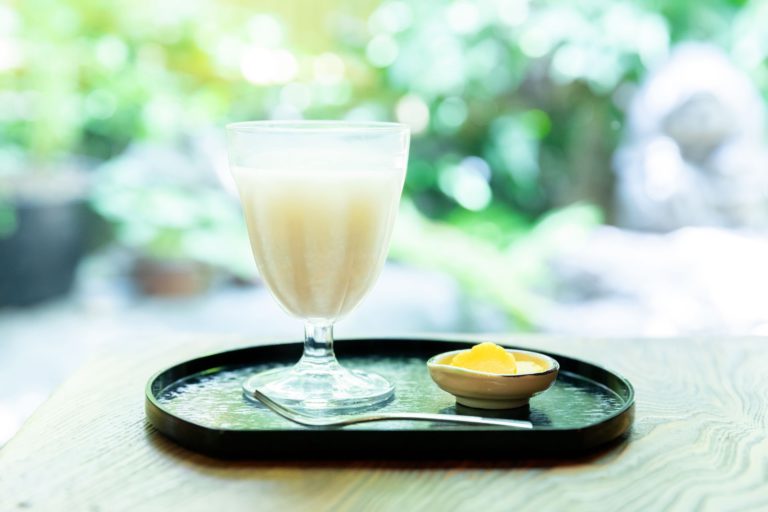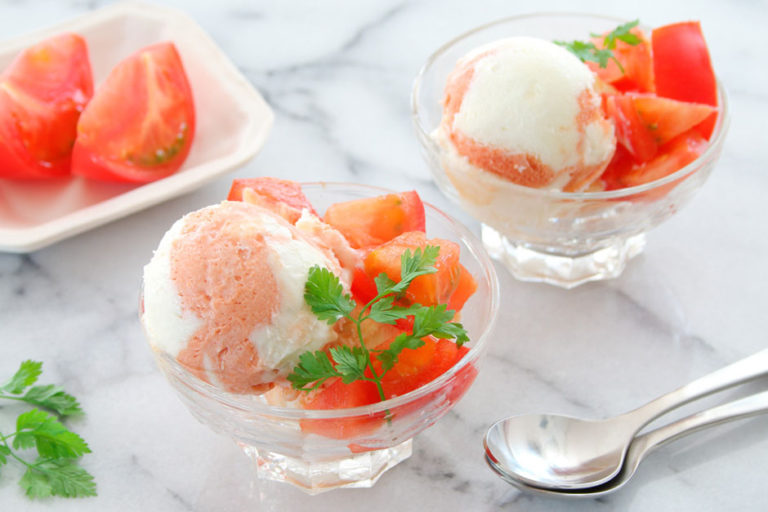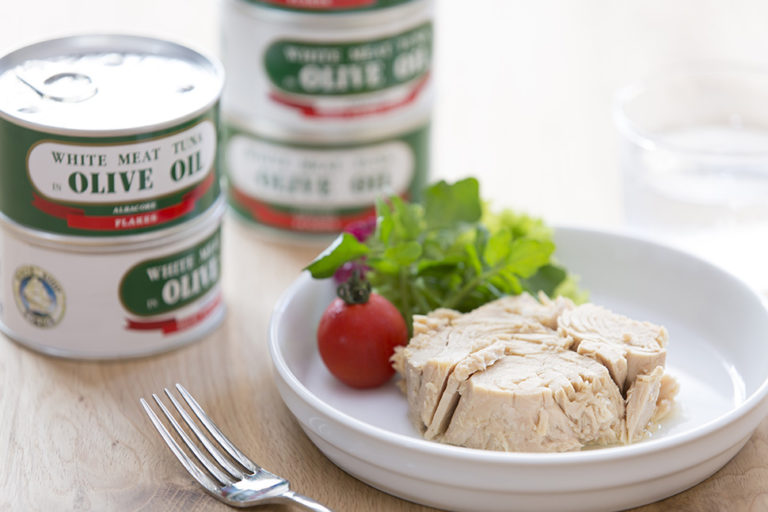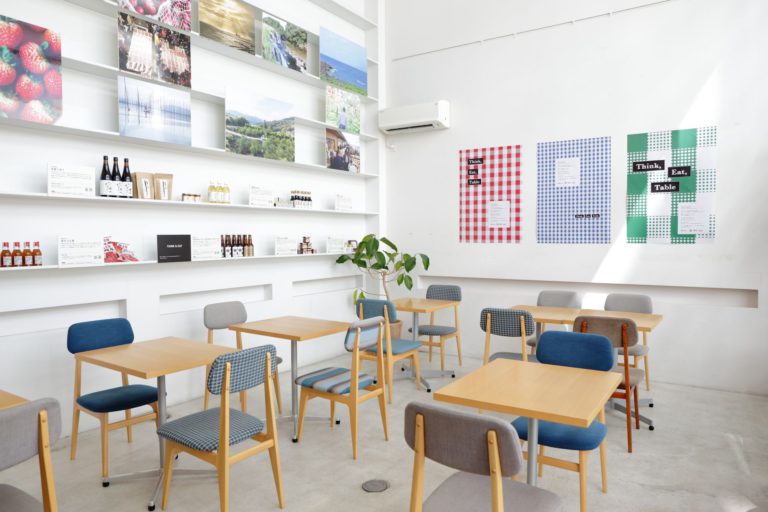Pan Mame Rice Confectionery Relays a Pastoral Landscape to the Future
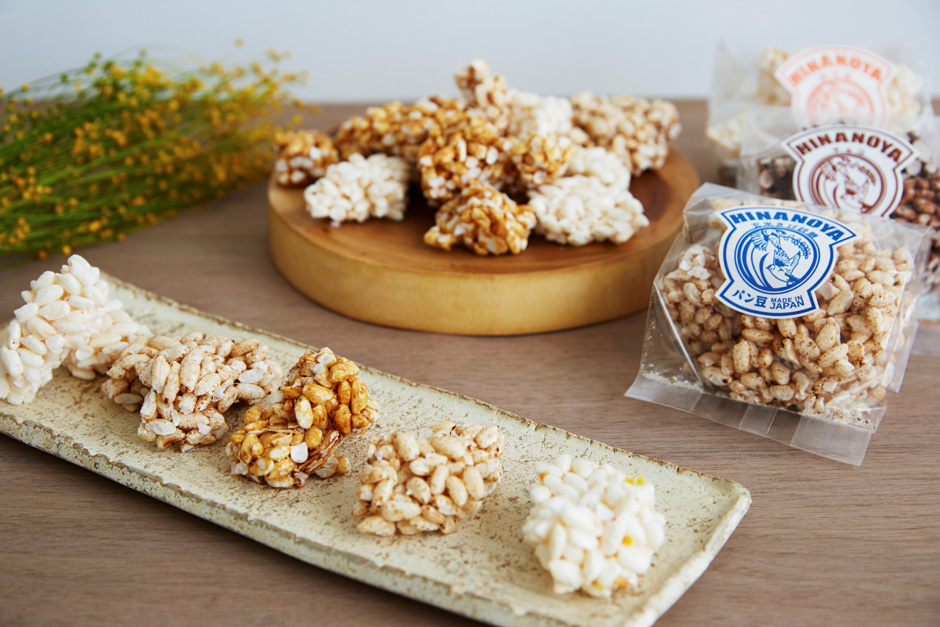
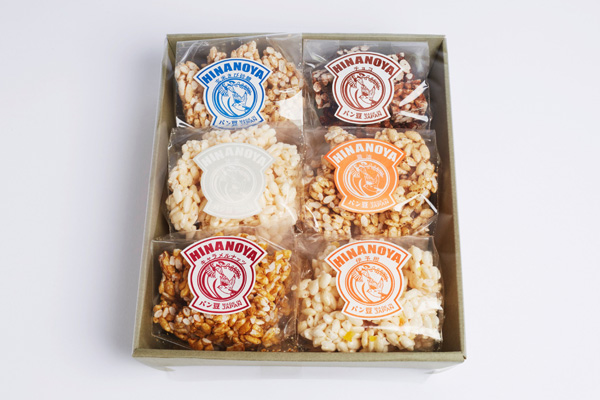
*The packaging design is subject to change without notice.
Let’s see why Hinanoya’s pan mame makes a great gift.
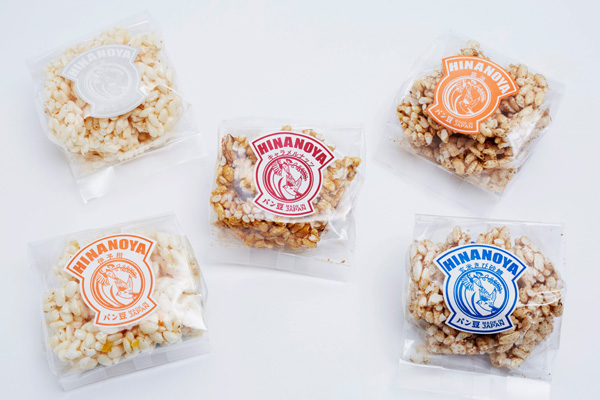
Many flavors to choose from, depending on the season or personal preference
The pan mame from Hinanoya is crispy and comes in many delightful flavors. Regularly available flavors include caramel nuts, iyo citrus, brown rice and cane sugar, soy sauce and sweet salt. There are also limited seasonal flavors, including chocolate, strawberry chocolate, green tea and cinnamon sugar, and walnut. It is fun to choose the flavor, depending on the season and the tastes of the person receiving the gift.
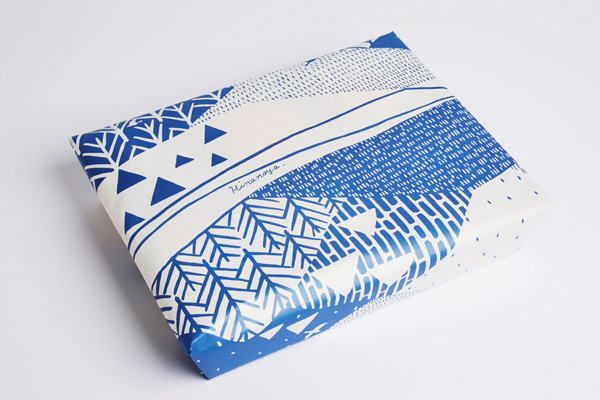
Gift wrap with beautiful country landscape
The editorial department of SHUN GATE loved the pan mame’s gift wrap that featured refined illustrations with a touch of nostalgia. The illustration was created by textile artist “sun and snow” who lives in Matsuyama, Ehime, and is named “blue wind and light” inspired by the landscape of Saijo, where Hinanoya is located. If you are buying pan mame for a gift, make sure to place a gift wrap order at Hinanoya’s online store or Nyugawa Station store to have your gift wrapped in this paper with its original design.
Mild confectionery born in a pastoral landscape
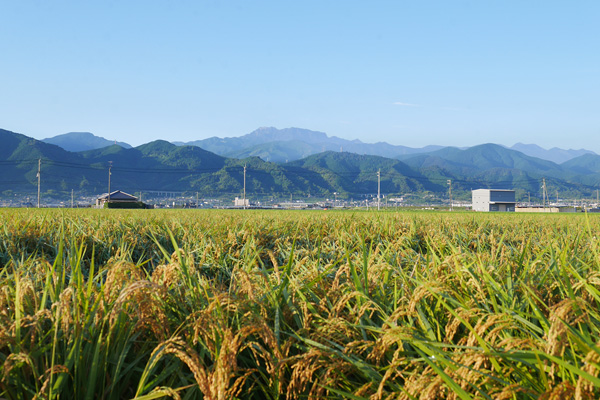
Hinanoya is in Tanbara, Saijo in Ehime, which is blessed with ample underground water from Mt. Ishizuchi, selected as one of the 100 best waters of Japan.
Although the Setouchi region has little rainfall, Tanbara has long flourished as a rice farming community because of large quantities of good spring water. In summer, rice plants full of life color the landscape green and in fall, they are harvested when golden. In such a country landscape, how is the pan mame being made? We interviewed Daizo Tamai who represents Hinanoya.

“Behind the persimmon orchard, there was a vacant house where my great grandmother used to live. I took a confectionery pressure machine in there and started making pan mame. We pressured and puffed up rice to make crackers. We did not have to worry too much about making a loud noise because we were in the middle of the countryside.”
Hiranoya only uses rice from contracted local farms. It is a variety called Matsuyama Mitsui, a sake rice, only produced in Ehime, with large and fat grains. Hiranoya is also particular about how fresh the rice is. They only use the fresh rice harvested that year and make crackers within three days after polishing the rice. Since the process is very simple, they are very particular about the rice they use, says Tamai.
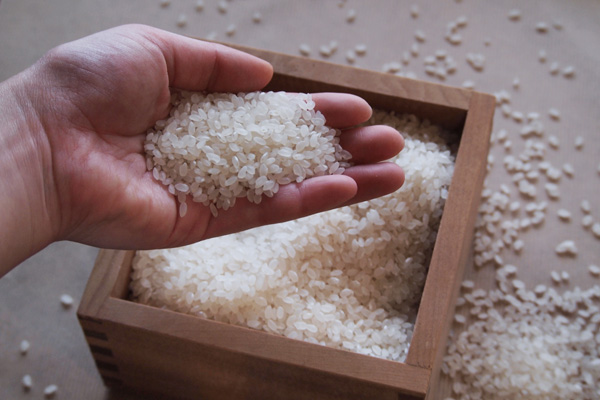
We tasted the pan mame. It felt light, crispy, and had the faint sweetness of rice. We couldn’t stop eating it. There was something nostalgic about the pan mame and the various flavors were really fun to try. We asked Tamai the best way to enjoy the pan mame.
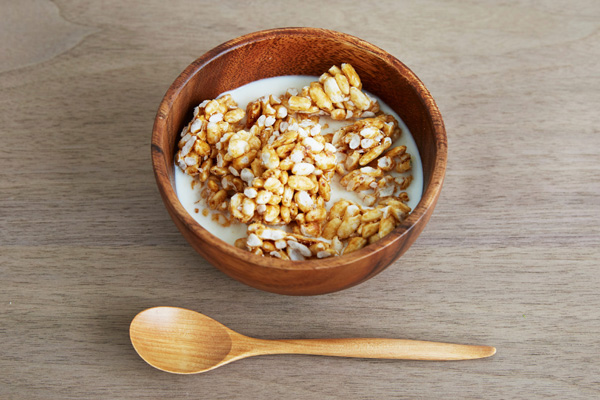
“The caramel nut flavor goes well with coffee. Other flavors go well with black and green tea, so you could enjoy them at teatime. You can also add milk and enjoy them like eating cereal.”
The most popular flavor is Iyo citrus. Iyo citrus peels from Ehime mixed into the pan mame release a refreshing citrus aroma. Hinanoya also offers limited seasonal flavors. Since many new flavors are introduced, many people come back for more, according to Tamai.
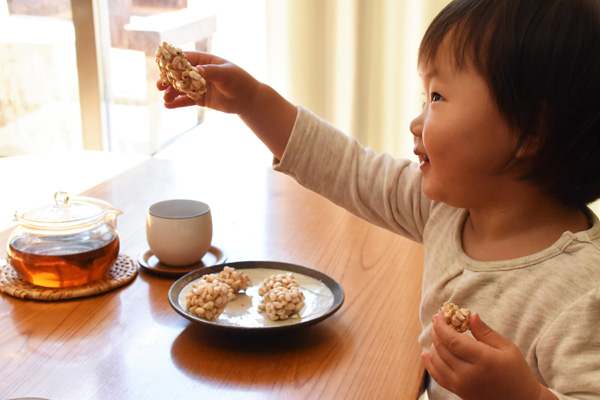
“We make every pack attentively, like a mother preparing snacks for her kids,” says Tamai.
His heart creates the mild and delightful taste of the pan mame, and many fans from children to adults.
Production supported by local tradition and quality rice
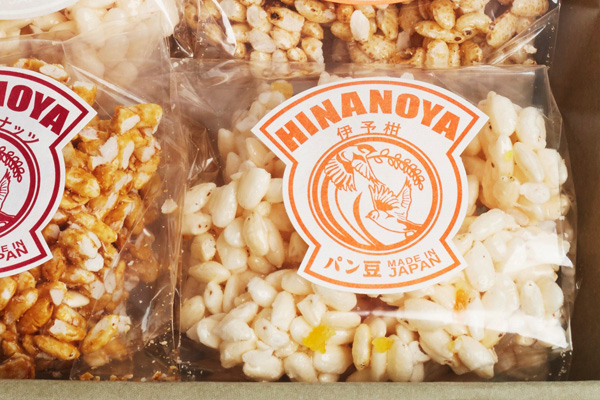
Originally, Tamai worked in sales at a manufacturer. When he was 28 he returned to his hometown and succeeded his parents in the family agricultural machinery business. But soon, he faced several issues including the shortage of people to continue farming, and rice prices dropping. Unless farms were economically sound, his agricultural machinery sales would be affected, and not only that, the pastoral landscape of Tanbara would be lost forever. Feeling the need for a breakthrough, he decided to turn to producing processed items from the quality rice his client farms produced and that was how pan mame started.
At first, Tamai produced rice balls and rice cakes but their shelf life was short and they had to be discarded. The business did not go so well because Tamai lacked food manufacturing and sales experience. One day a friend approached him and suggested he make the good old puffed rice confectionery.
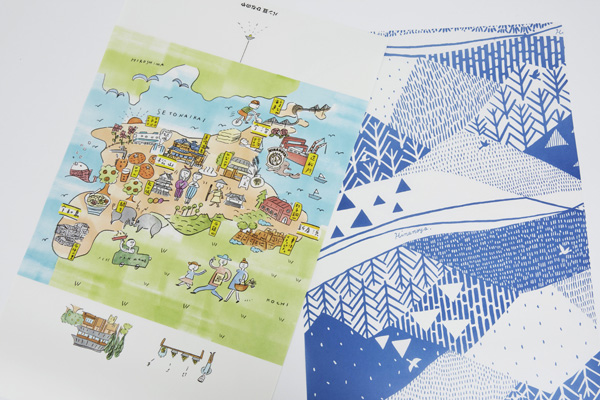
“At first I had doubts. I thought something so antiquated would not sell, but I put them out on a local direct-sale market as a trial and they sold surprisingly well,” says Tamai.
In 2010, he started making the pan mame in earnest. He paid attention to the packaging to attract more people. The packaging oozed a sense of nostalgia and sense of relief associated with the familiar image of puffed confectionery, and a design that would go down well with young urban dwellers. Tamai also created two unique gift wraps; one with Ehime’s map to remind people that the confectionery is a gift and souvenir from Ehime, and another based on the local lush natural environment. According to Tamai, both designs are very popular.
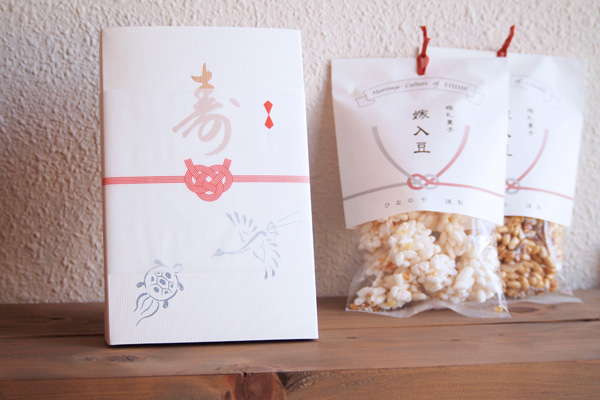
Ehime’s Toyo region has a long tradition of the bride and groom sending puffed confectionery to guests after they get married, as a symbol of good luck. In the old days when rice and sugar were still prized items, parents of the bride gave puffed rice confectionery to the bride as she left home, wishing that she would live in good health and diligently (the word for “diligence” in Japanese is “mame”). Backed by such local tradition and custom, many brides and grooms-to-be apparently choose the pan beans as their wedding gift because it would be a stylish way to tell their guests about their local culture.
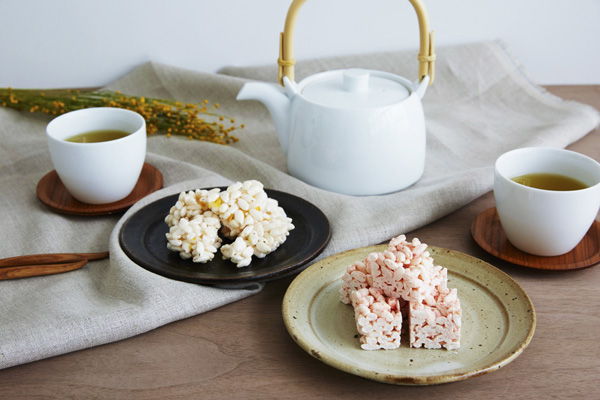
“Tanbara is my homeland where I was born and raised, but in all honesty, it does not have much character. It does not have a special landscape or famous products or many tourists like other places. It is just a very nondescript country town. I used to hate it when I was a child, but now I feel that is where the value is, in the nondescript landscape. To pass on this landscape to future generations, I would like to focus on rice, which is this region’s important resource, and create new value for this region,” says Tamai.
Pan mame embodies Tamai’s kind and passionate heart and his desire to pass on the landscape of his hometown, which he loves, to future generations. Why not enjoy pan mame with someone you care about at teatime over this special story, or give it as a gift?

